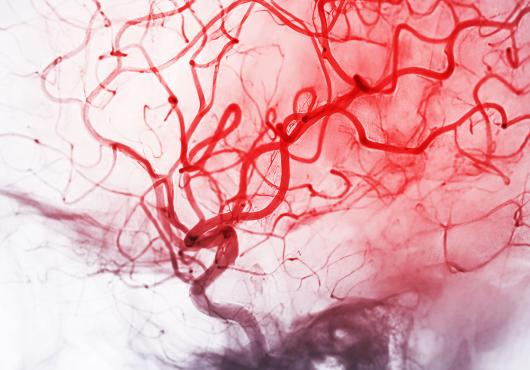As its name suggests, ubiquitin is a protein that is seemingly ubiquitous, found in all organisms whose cells contain a nucleus and other complex structures. Ubiquitinating enzymes link ubiquitin to proteins, making them bind to the proteasome, the cell’s recycling machine. There they are rapidly degraded. This process protects cells by removing damaged or incorrectly folded proteins and destroys regulatory molecules during the cell cycle, gene transcription, and other adaptive functions.
The enzymes’ MO is to tag proteins with a chain of ubiquitin molecules that the 26S proteasome (one form of the machine) can easily grab onto. The cellular shredder destroys the proteins, disassembles the chain, and releases the ubiquitins, which are then reused.
Yet this is not always the case. Previously, Hyoung Tae Kim, a postdoctoral fellow working with HMS professor of cell biology Alfred Goldberg and colleagues, discovered that when these ubiquitinating enzymes are purified, they form abnormal branched ubiquitin chains that surprisingly resist disassembly and binding to the proteasome. At that time, the researchers proposed that cells contain an unknown factor that normally prevents the formation of these indigestible treelike structures.
Now the same team has identified such a factor. By a variety of experiments, they demonstrated that S5a, an abundant intracellular protein, blocks the formation of the insidious treelike ubiquitin chains and boosts protein degradation manyfold. The study was published online April 23 in EMBO Journal.
Although the physiological role of this new process is still unknown, the authors argue that it enhances the efficiency of protein degradation and normally prevents the accumulation of nondegradable ubiquitinated proteins, which does occur in neurodegenerative diseases.
Students may contact Alfred Goldberg at alfred_Goldberg@hms.harvard.edu for more information.
Conflict Disclosure: The authors declare no conflicts of interest.
Funding Sources: NIGMS, the High Q Fundation and the Fund for Innovation from Elan Corporation, the Korean Ministry of Education, Science and Technology and the NIH; the content of the work is the responsibility solely of the authors.


